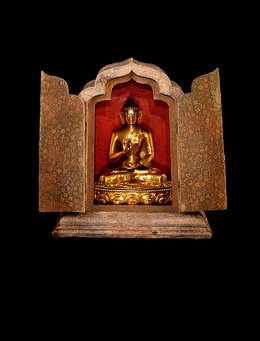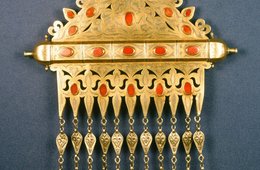text
Down to the present day, the people have preserved their rich tradition of ceremonies, songs and stories describing the land and its flora and fauna. In extensive ceremonial cycles the indigenous people ensure the preservation of nature and all the living beings within it. As part of these ceremonies, sand drawings were produced which described certain sacred places using symbols and many dots in an abstract form. After the ceremonies they were destroyed. These sand drawings constantly renewed and reinforced the close relationship between the Aranda and their land.
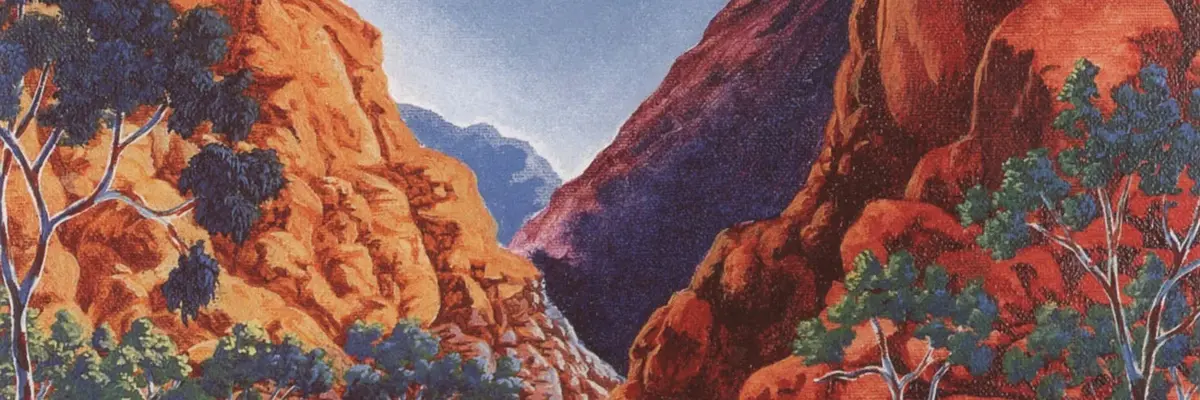
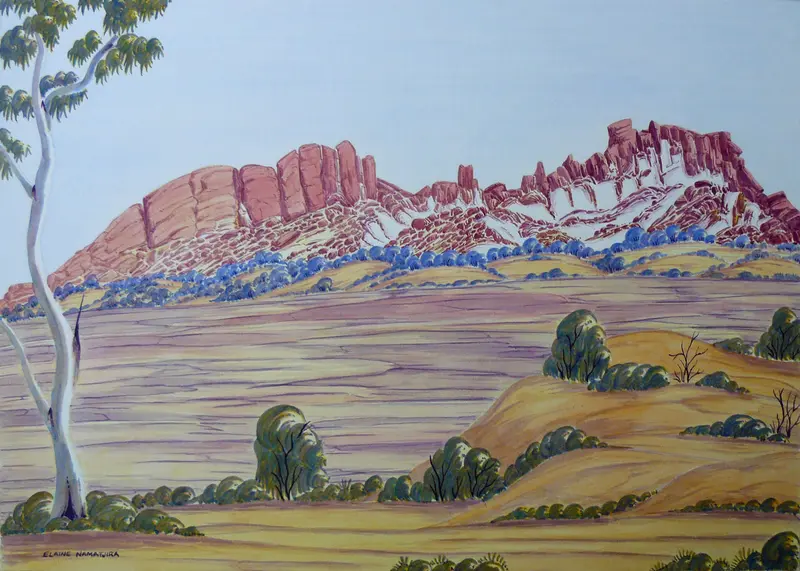
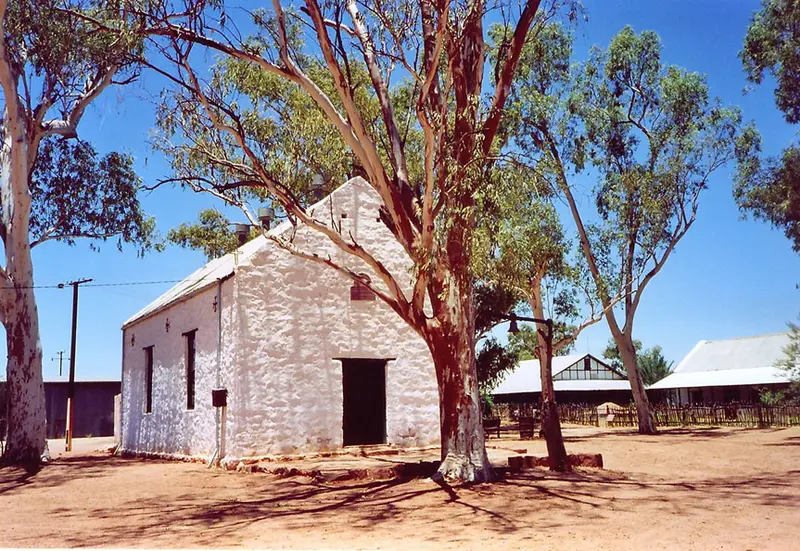

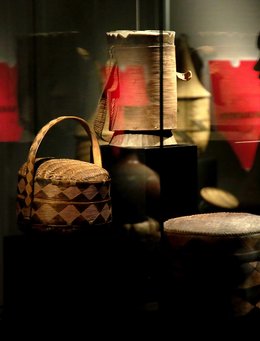
![[Translate to English:] Damaskuszimmer reich verzierte Holztür mit Fenster](/fileadmin/_processed_/e/8/csm_museumvoelerkundedresden-damaskuszimmer-ausstellungsteaser_portal_bafc63a688.jpg)
